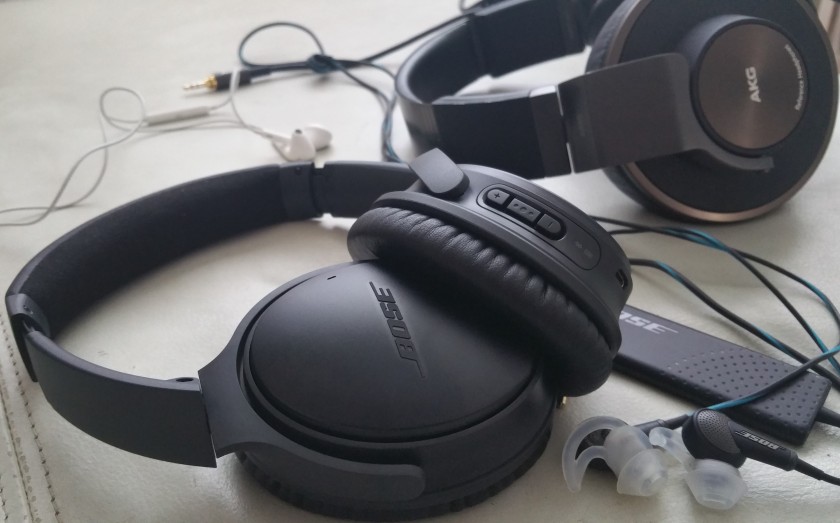 I have been recently thinking why I feel that I’ve not really made any real progress in my photography for the last few years. There are a few periods when some kind of leap has seemed to take place; e.g. when I moved into using my first DSRL, and also in the early days of entering the young Internet photography communities, such like Flickr. Reflecting on those, rather than the tools themselves (a better camera, software, or service), the crucial element in those perhaps has been that the “new” element just stimulated exploration, experimentation, and willingness to learn. If one does not take photos, one does not evolve. And I suppose one can get the energy and passion to continue doing things in experimental manner – every day (or: at least in sometimes) – from many things.
I have been recently thinking why I feel that I’ve not really made any real progress in my photography for the last few years. There are a few periods when some kind of leap has seemed to take place; e.g. when I moved into using my first DSRL, and also in the early days of entering the young Internet photography communities, such like Flickr. Reflecting on those, rather than the tools themselves (a better camera, software, or service), the crucial element in those perhaps has been that the “new” element just stimulated exploration, experimentation, and willingness to learn. If one does not take photos, one does not evolve. And I suppose one can get the energy and passion to continue doing things in experimental manner – every day (or: at least in sometimes) – from many things.
Currently I am constantly pushing against certain technical limitations (but cannot really afford to upgrade my camera and lenses), and there’s also lack of time and opportunity that a bit restrict more radical experiments with any exotic locations, but there are other areas where I definitely can learn to do more: e.g. in a) selecting the subject matter, b) in composition, and c) in post-production. Going to places with new eyes, or, finding an alternative perspective in “old” places, or, just learning new ways to handle and process all those photos.
I have never really bothered to study deeper the fine art of digital photo editing, as I have felt that the photos should stand by themselves, and also stay “real”, as documents of moments in life. But there are actually many ways that one can do to overcome technical limitations of cameras and lenses, that can also help in creating sort of “psychological photorealism”: to create the feelings and associations that the original situation, feeling or subject matter evoked, rather than just trying to live with the lines, colours and contrast values that the machinery was capable of registering originally. When the software post-processing is added to the creative toolbox, it can also remove bottlenecks from the creative subject matter selection, and from finding those interesting, alternative perspectives to all those “old” scenes and situations – that one might feel have already been worn out and exhausted.
Thus: I personally recommend going a bit avant-garde, now and then, even in the name of enhanced realism. 🙂





 Enjoying music of all kinds home and on the road (and, at summertime, at the beach / in nature), I have been interested in mobile audio solutions (though not in any religious or “serious audiophile” manner, luckily for my wallet). At homes, my headphones are AKG K550, which are very analytical, crystal clean-sounding, closed-back German headphones, featuring 50 mm drivers and weight of 305 grams. I have attempted to travel with these things, but they are just not designed for travel, they are large and do not fold into any compact proportions. Also, long and thick cable is real hassle when you move from train to airport to bus, etc. Thus, to travel headphones.
Enjoying music of all kinds home and on the road (and, at summertime, at the beach / in nature), I have been interested in mobile audio solutions (though not in any religious or “serious audiophile” manner, luckily for my wallet). At homes, my headphones are AKG K550, which are very analytical, crystal clean-sounding, closed-back German headphones, featuring 50 mm drivers and weight of 305 grams. I have attempted to travel with these things, but they are just not designed for travel, they are large and do not fold into any compact proportions. Also, long and thick cable is real hassle when you move from train to airport to bus, etc. Thus, to travel headphones.










You must be logged in to post a comment.